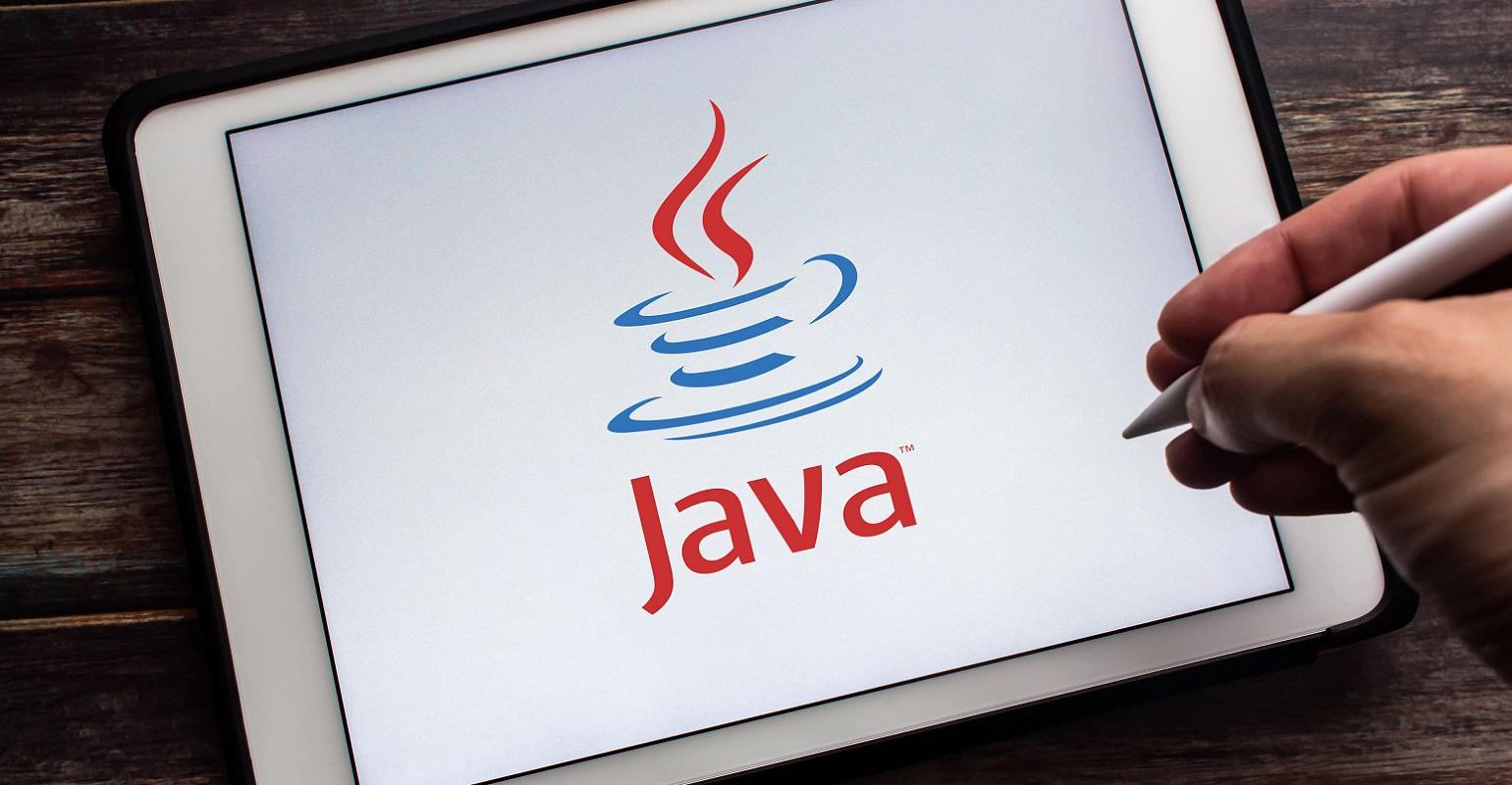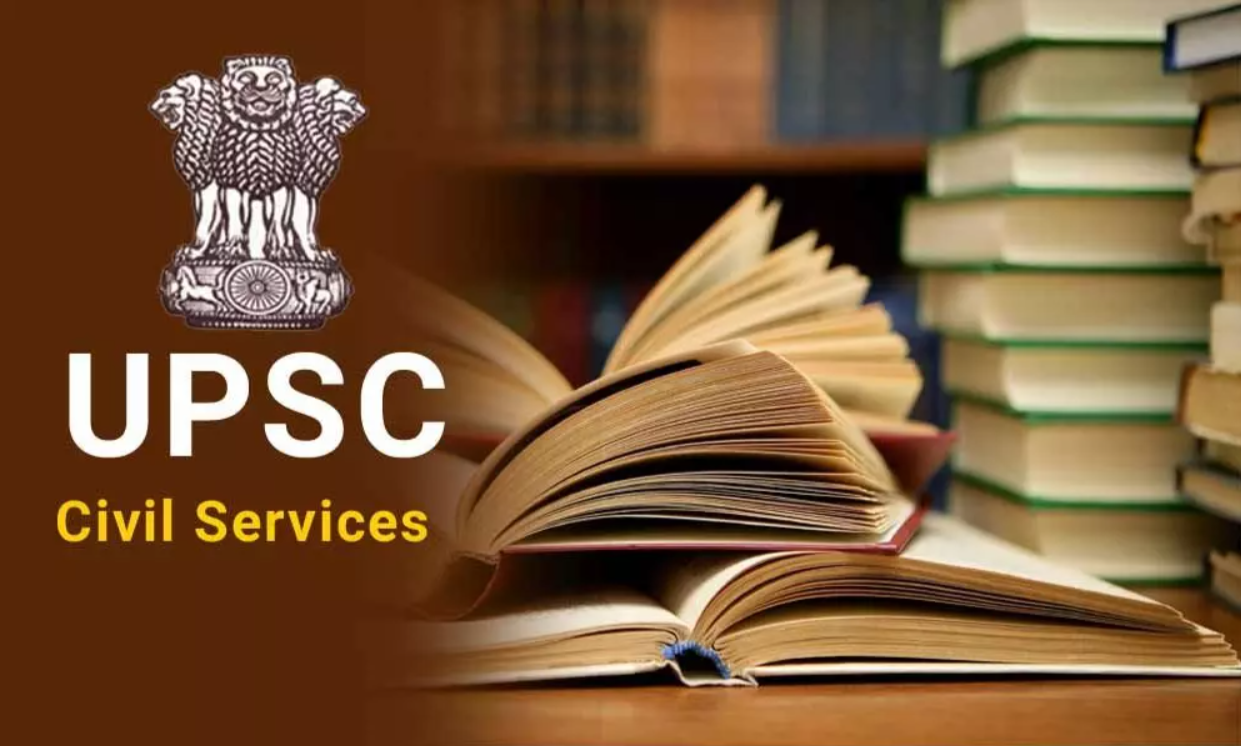The Secondary School Leaving Certificate (SSLC) serves as a pivotal milestone in the academic journey of students worldwide. This credential, awarded upon the successful completion of secondary education, holds immense importance in shaping future prospects. From unlocking doors to higher education opportunities to paving the way for diverse career paths, the SSLC is a testament to one’s educational accomplishments and capabilities.
Introduction to Secondary School Leaving Certificate (SSLC)
What is SSLC?
The SSLC, commonly referred to as the Class 10 or Matriculation certificate in some regions, signifies the culmination of secondary education. It is awarded to students upon passing the standardized examination conducted by the respective educational boards or councils.
Importance of SSLC
The SSLC holds substantial significance as it acts as a gateway to further academic pursuits and career endeavors. It validates the academic proficiency and readiness of students to transition into higher education or vocational training programs.
History and Evolution of SSLC
Origins of SSLC
The roots of SSLC can be traced back to the early 20th century when educational reforms aimed to standardize assessment practices and ensure uniformity in evaluating students’ academic achievements.
Development over the years
Over the decades, the SSLC examination system has undergone significant transformations, incorporating advancements in pedagogy, technology, and evaluation methodologies. These changes have been instrumental in enhancing the credibility and relevance of the SSLC credential.
Structure and Format of SSLC Examinations
Subjects covered
The SSLC examinations typically encompass a comprehensive range of subjects, including languages, sciences, mathematics, social sciences, and electives, designed to assess students’ proficiency across diverse disciplines.
Examination pattern
The examination pattern may vary across different educational boards and regions, but it commonly consists of written tests, practical assessments, and viva voce examinations, evaluating both theoretical knowledge and practical skills.
Significance of SSLC in Education
Gateway to higher education
For many students, the SSLC serves as a crucial stepping stone towards pursuing higher education degrees, such as pre-university courses, undergraduate programs, or specialized vocational training, depending on their career aspirations and academic interests.
Employment opportunities
Beyond academia, the SSLC certificate holds relevance in the job market, as it is often required for entry-level positions in various sectors. Employers value the foundational knowledge and skills demonstrated by SSLC graduates, considering it a benchmark for employability.
Preparation Tips for SSLC Examinations
Effective study techniques
Preparing for SSLC examinations requires a strategic approach, encompassing regular revision, concept clarity, and practice through mock tests and previous years’ question papers to strengthen subject proficiency and boost confidence.
Time management strategies
Managing time effectively is essential to cover the vast syllabus and revise thoroughly before the examinations. Creating a study schedule, prioritizing topics based on difficulty level, and allocating adequate time for each subject can help optimize productivity and minimize last-minute stress.
Challenges Faced by Students During SSLC
Pressure and stress
The pressure to perform well in SSLC examinations, coupled with societal expectations and peer competition, often leads to heightened stress levels among students, impacting their mental well-being and academic performance.
Coping mechanisms
Encouraging a supportive environment, fostering open communication, and promoting stress-relief activities such as meditation, physical exercise, and hobbies can help students cope with exam-related stress and maintain a balanced approach towards studies.
Role of Parents and Teachers in Supporting SSLC Students
Guidance and encouragement
Parents and teachers play pivotal roles in providing guidance, motivation, and emotional support to SSLC students, helping them navigate academic challenges, instilling confidence, and fostering a growth mindset towards learning.
Creating a conducive learning environment
Creating a conducive learning environment at home and school, characterized by positive reinforcement, constructive feedback, and collaborative learning experiences, can enhance students’ academic performance and overall well-being.
Innovations and Reforms in SSLC Education
Technology integration
Embracing digital learning tools, interactive teaching methodologies, and online assessment platforms can enhance the effectiveness and accessibility of SSLC education, catering to diverse learning styles and fostering 21st-century skills.
Skill-based learning initiatives
Integrating skill-based learning initiatives, such as vocational training programs, career counseling sessions, and experiential learning opportunities, can empower SSLC students with practical skills and knowledge relevant to future employment prospects.
Success Stories of SSLC Achievers
Inspirational anecdotes
Numerous SSLC achievers have defied odds, overcome obstacles, and pursued their dreams with unwavering determination and resilience, serving as inspiring role models for aspiring students worldwide.
Overcoming obstacles
From rural villages to urban metropolises, SSLC achievers have emerged from diverse socio-economic backgrounds, proving that hard work, perseverance, and passion are the keys to success, irrespective of circumstances.
Impact of SSLC on Career Paths
Choosing streams after SSLC
After obtaining the SSLC certificate, students are faced with the crucial decision of choosing academic streams or career pathways based on their interests, aptitudes, and future aspirations, whether it be science, commerce, arts, or vocational courses.
Vocational options
In addition to traditional academic pursuits, SSLC graduates have the option to explore vocational training programs, apprenticeships, or skill-based courses aligned with emerging industries and job market demands, offering alternative pathways to success.
Addressing the Issue of Dropout Rates Post-SSLC
Causes of dropouts
Despite the significance of SSLC, dropout rates post-SSLC remain a concern due to various socio-economic factors, including poverty, lack of access to quality education, familial responsibilities, and societal pressures.
Remedial measures
Implementing targeted interventions, such as financial assistance programs, mentorship initiatives, community outreach efforts, and flexible learning pathways, can help address the root causes of dropout rates and ensure equitable access to education for all.
International Comparison of SSLC Equivalents
Similar certifications worldwide
While SSLC is a prevalent certification in many countries, there are variations in the nomenclature, examination patterns, and educational frameworks, with equivalents such as GCSE (General Certificate of Secondary Education) in the UK, CBSE (Central Board of Secondary Education) in India, and High School Diploma in the USA.
Contrasting systems
Despite similarities, each country’s secondary education system reflects unique cultural, societal, and pedagogical influences, shaping students’ learning experiences and academic trajectories in distinct ways.
Future Prospects for SSLC Education
Trends and predictions
As education evolves in response to technological advancements, changing workforce dynamics, and global challenges, the SSLC education landscape is poised for further innovation, with trends such as personalized learning, competency-based assessments, and digital credentials gaining prominence.
Potential improvements
Continued collaboration between educational stakeholders, policymakers, and industry partners is essential to drive meaningful reforms, improve learning outcomes, and ensure the relevance and efficacy of SSLC education in preparing students for the demands of the 21st-century world.
Common Misconceptions About SSLC
Dispelling myths
Misconceptions surrounding SSLC, such as its sole focus on academic excellence, limited career opportunities, and irrelevance in the digital age, often overshadow its multifaceted benefits and transformative potential in shaping students’ holistic development and future success.
Clarifying doubts
By debunking myths and misconceptions through informed dialogue, public awareness campaigns, and evidence-based advocacy, stakeholders can foster a more nuanced understanding of SSLC’s role in education and its enduring value in an ever-changing world.
Conclusion
The Secondary School Leaving Certificate (SSLC) stands as a testament to students’ academic achievements, marking the culmination of their secondary education journey and opening doors to a myriad of opportunities in higher education and diverse career pathways. As SSLC aspirants embark on this transformative journey, it is imperative to recognize the significance of this milestone, embrace challenges with resilience, and leverage support systems to realize their full potential.
FAQs (Frequently Asked Questions)
- Is SSLC mandatory for pursuing higher education?
- While SSLC serves as a prerequisite for many higher education programs, alternative pathways may exist for individuals without this credential, such as diploma courses or entrance examinations.
- How can students alleviate exam-related stress during SSLC preparations?
- Adopting healthy study habits, seeking guidance from mentors, practicing relaxation techniques, and maintaining a balanced lifestyle can help students manage stress effectively.
- Are there opportunities for skill development alongside SSLC education?
- Yes, many educational institutions offer extracurricular activities, vocational training programs, and skill-based workshops to complement SSLC education and enhance students’ holistic development.
- What is the role of technology in modern SSLC education?
- Technology plays a pivotal role in modern SSLC education, facilitating interactive learning experiences, personalized instruction, and digital assessment tools to cater to diverse learning needs.
- How can parents and teachers support SSLC students effectively?
- By providing encouragement, creating a nurturing environment, offering academic guidance, and fostering open communication, parents and teachers can empower SSLC students to thrive academically and emotionally.












